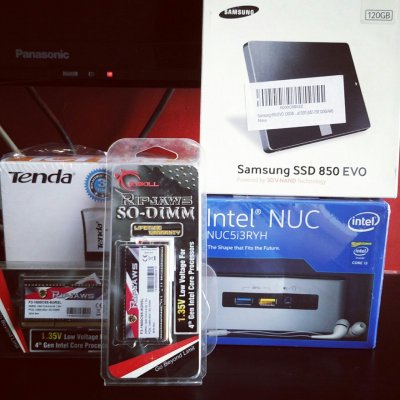toleda
Moderator
- Joined
- May 19, 2010
- Messages
- 22,834
- Motherboard
- Asus Maximus VII Impact
- CPU
- i7-4770K
- Graphics
- RX 560 + HD4600
- Mac
- Classic Mac
- Mobile Phone
Correct. IPG/i5 is 1.3 GHz min, see Post #137.
- ssdtPRGen.sh SSDT with toleda's SSDT-1: CPU 1.3-2.1 GHz, GPU 300-900 MHz
Use AppleIntelCPUPowerManagementInfo.kext for CPU/GPU pstates, Post #1, Mavericks: Native CPU/IGPU Power Management
Attach IOReg and AICPUPMI output

